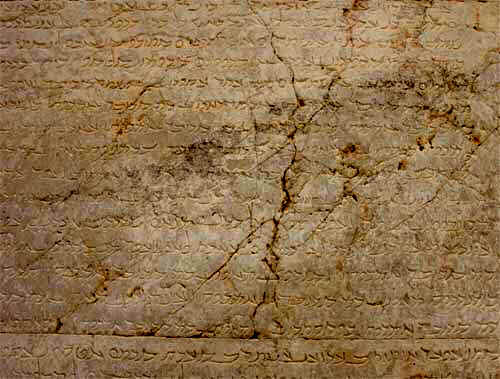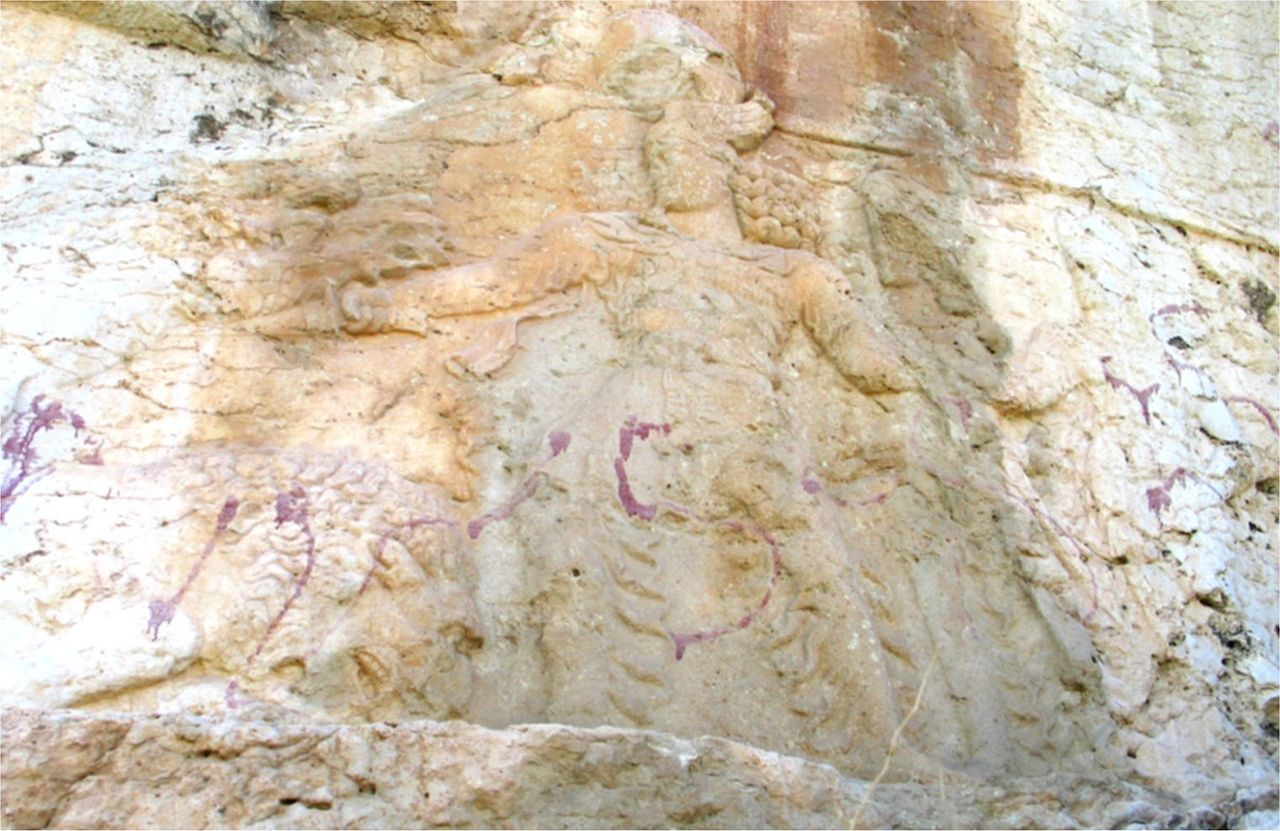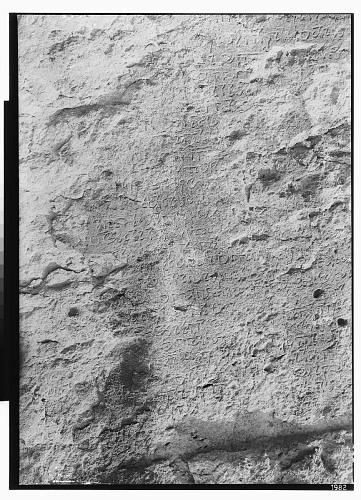Kerdir Inscription
Kerdir (Kartir) was an attendant to the Sasanian kings Ardashir, Shapur I, Hormizd, Bahram I, and Bahram II. Under each king, Kerdir was granted more responsibilities and a more honorable title. At the end of his career, "Kerdir, soul-saver of Bahram, Mowbed of Ohrmezd" was the chief priest (mowbed), statewide judge (dadwar), and master of the fires of Anahid-Ardashir and Anahid the Lady in Stakhr. Under his influence, many Wahram fires were established, ritual observances were increased, and non-Mazdayasnians were persecuted across the empire. We know all this from his inscription, in which he lists his religious and political accomplishments under each king and describes a vision of the Zoroastrian afterlife granted by the gods.
Kerdir's inscription is notable because it is not a singular inscription--four versions were found in four different locations: beside the investiture relief of Ardashir at Naqsh-e Rajab (KNRb), beside the Triumph of Shapur at Naqsh-e Rostam (KNRm), beneath Shapur's Great Inscription on the east wall of the Ka'ba-ye Zartosht (KKZ), and beneath a relief of Bahram II at Sar Mashhad (KSM). The KSM and KNRm versions are nearly identical and the longest of the four; KKZ omits the vision of the afterlife, and KNRb is an abridged version of KSM/KNRm. The (relative) ubiquity of Kerdir's inscription seems to affirm the authority and influence he claims therein, and it is truly remarkable that more copies of his deeds remain than of the kings under whom he served.
Kerdir's inscription is notable because it is not a singular inscription--four versions were found in four different locations: beside the investiture relief of Ardashir at Naqsh-e Rajab (KNRb), beside the Triumph of Shapur at Naqsh-e Rostam (KNRm), beneath Shapur's Great Inscription on the east wall of the Ka'ba-ye Zartosht (KKZ), and beneath a relief of Bahram II at Sar Mashhad (KSM). The KSM and KNRm versions are nearly identical and the longest of the four; KKZ omits the vision of the afterlife, and KNRb is an abridged version of KSM/KNRm. The (relative) ubiquity of Kerdir's inscription seems to affirm the authority and influence he claims therein, and it is truly remarkable that more copies of his deeds remain than of the kings under whom he served.
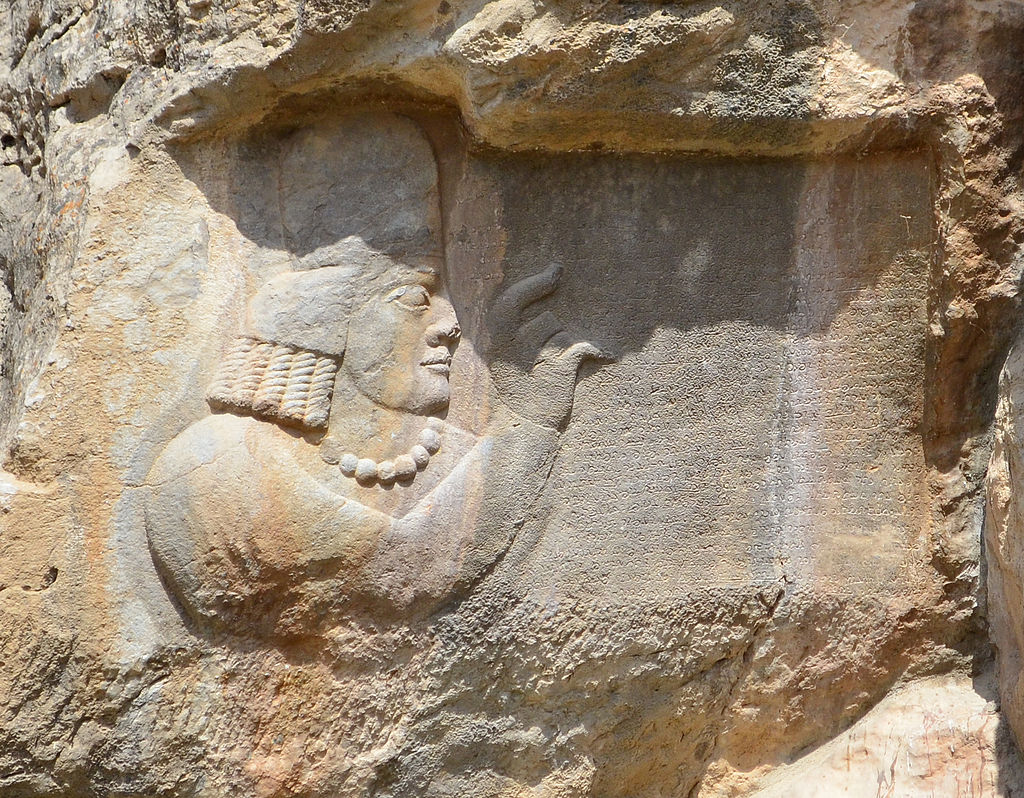
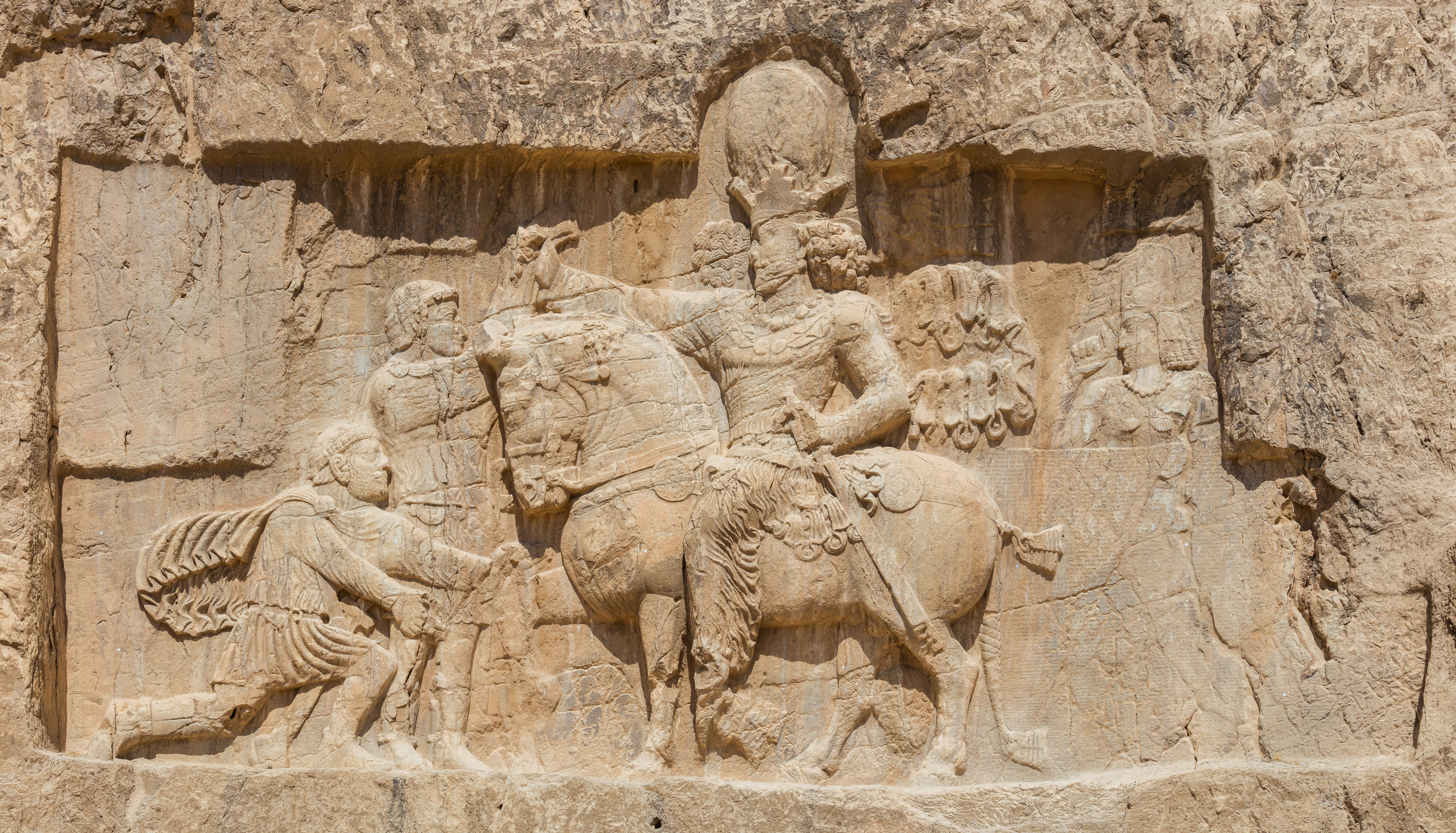
‹
›
Bibliography
Prods Oktor Skjærvø, “KARTIR,” Encyclopædia Iranica, XV/6, pp. 608-628, available online at http://www.iranicaonline.org/articles/kartir.
